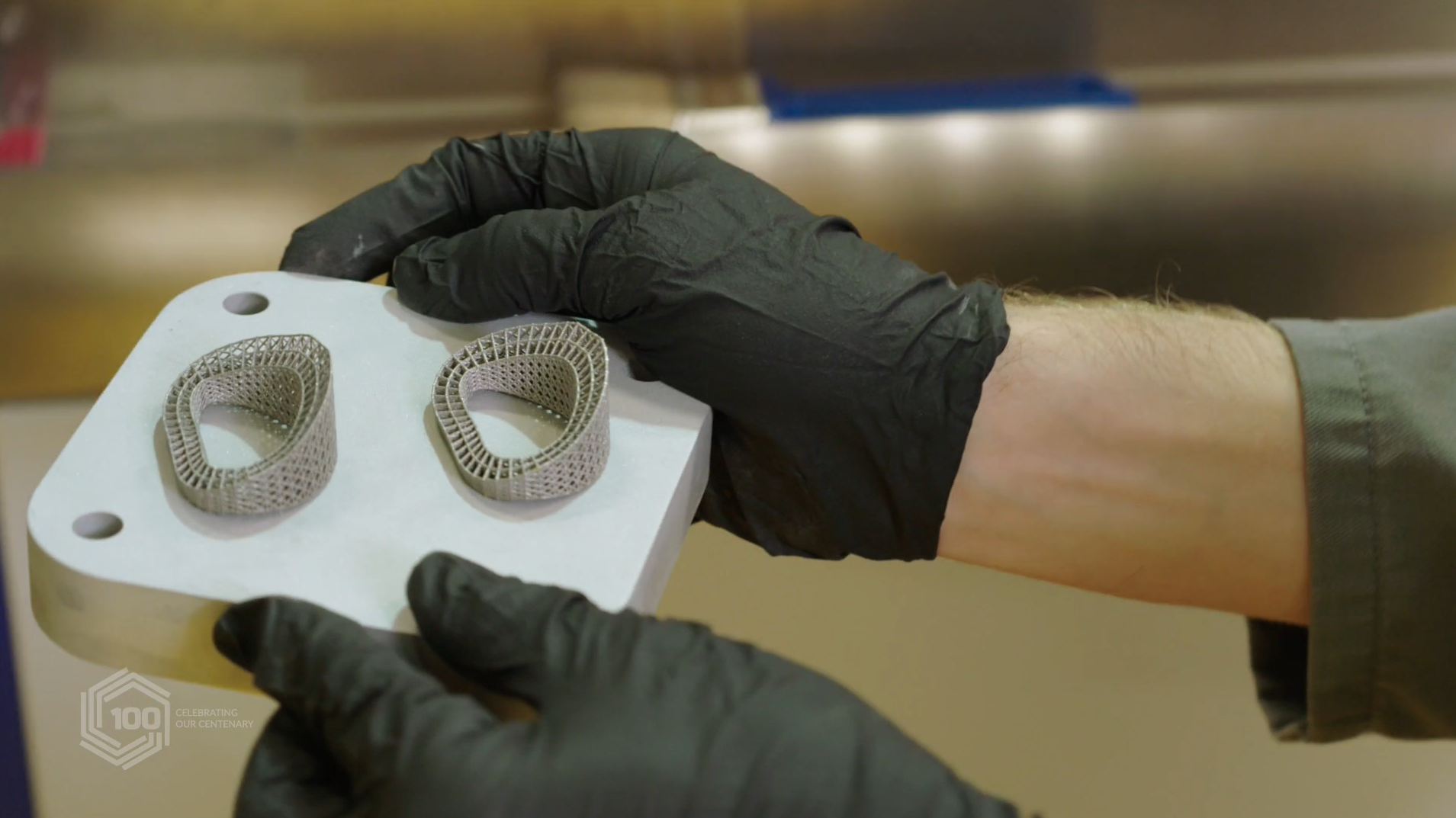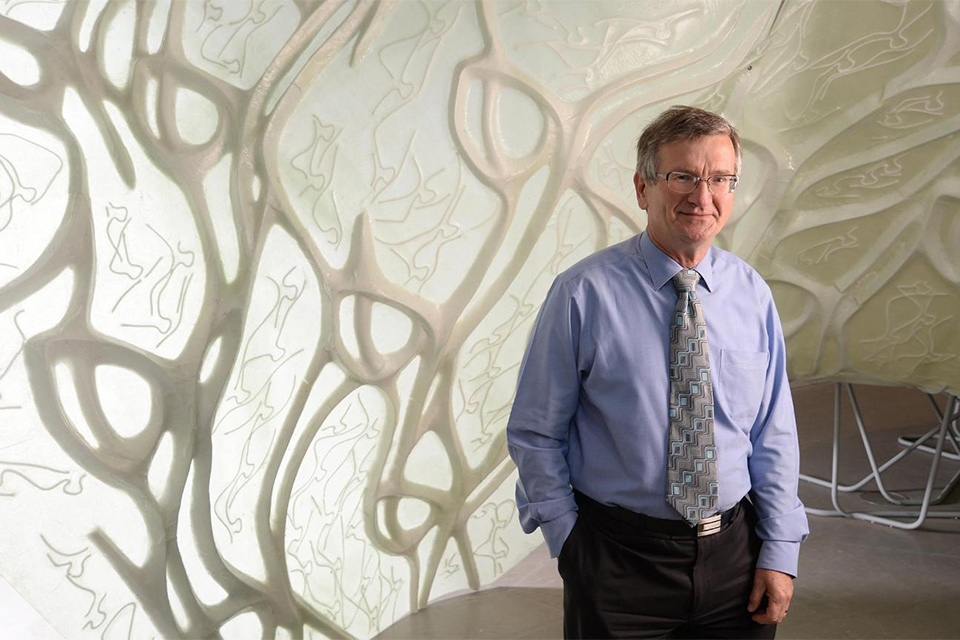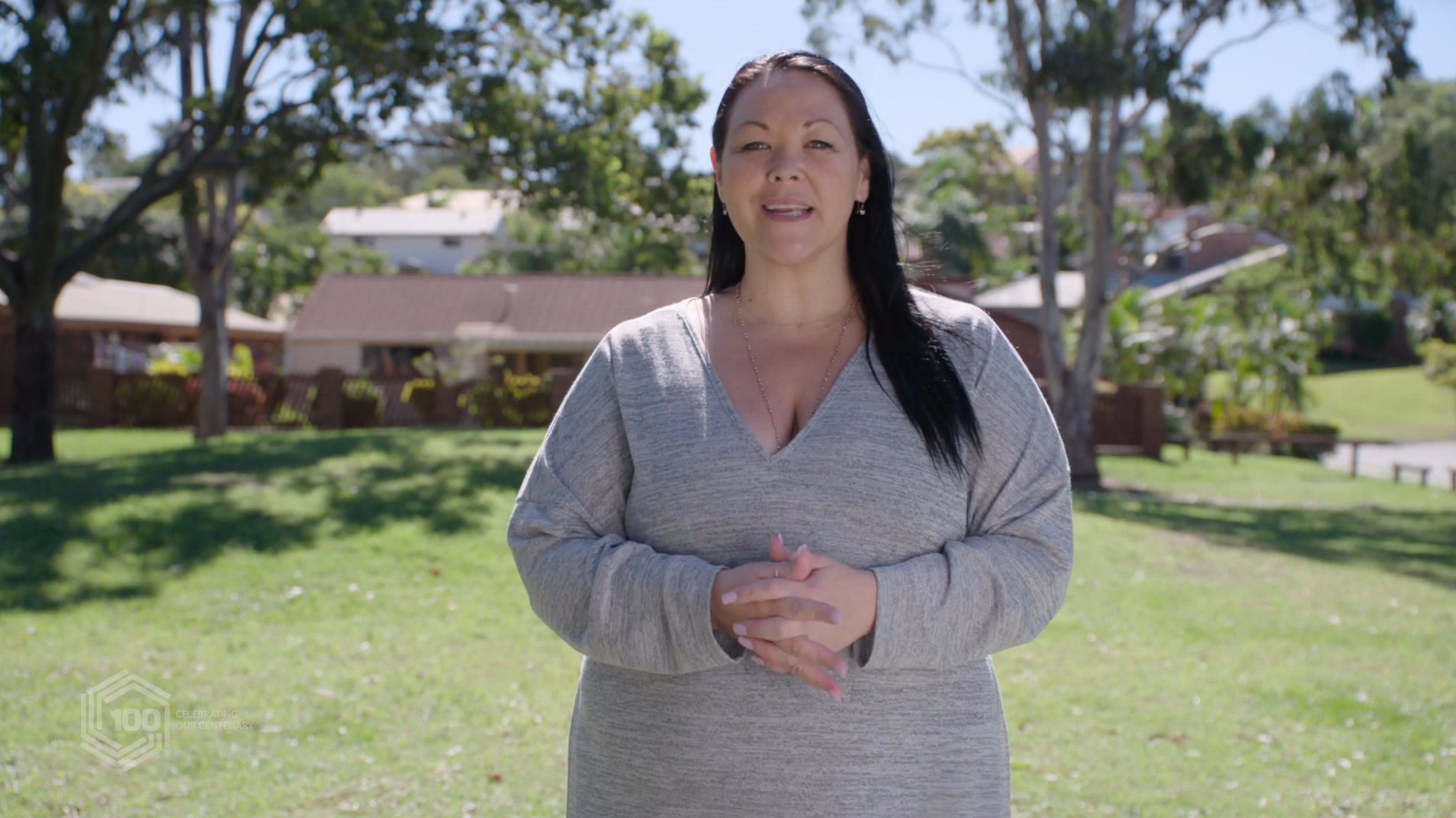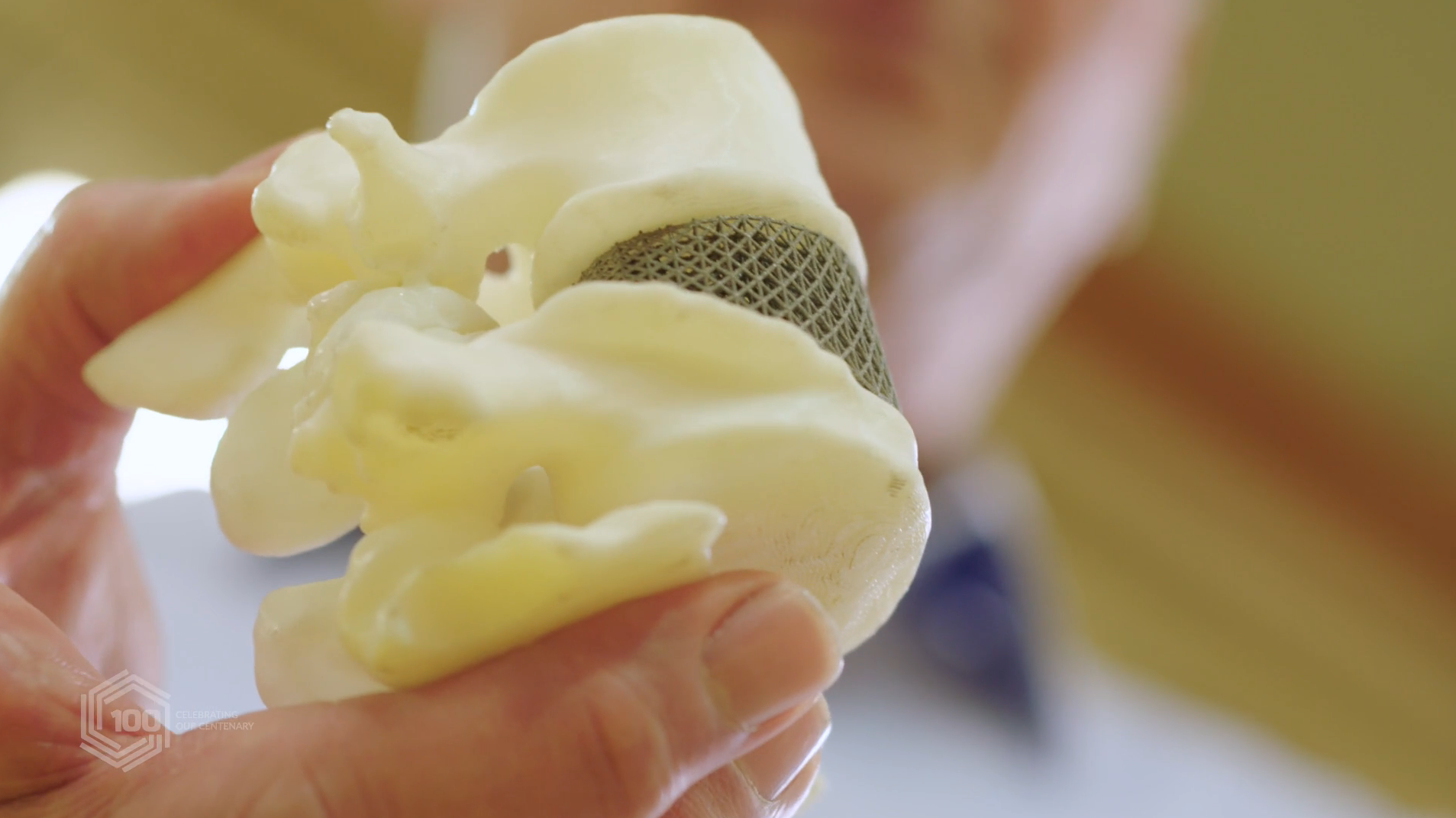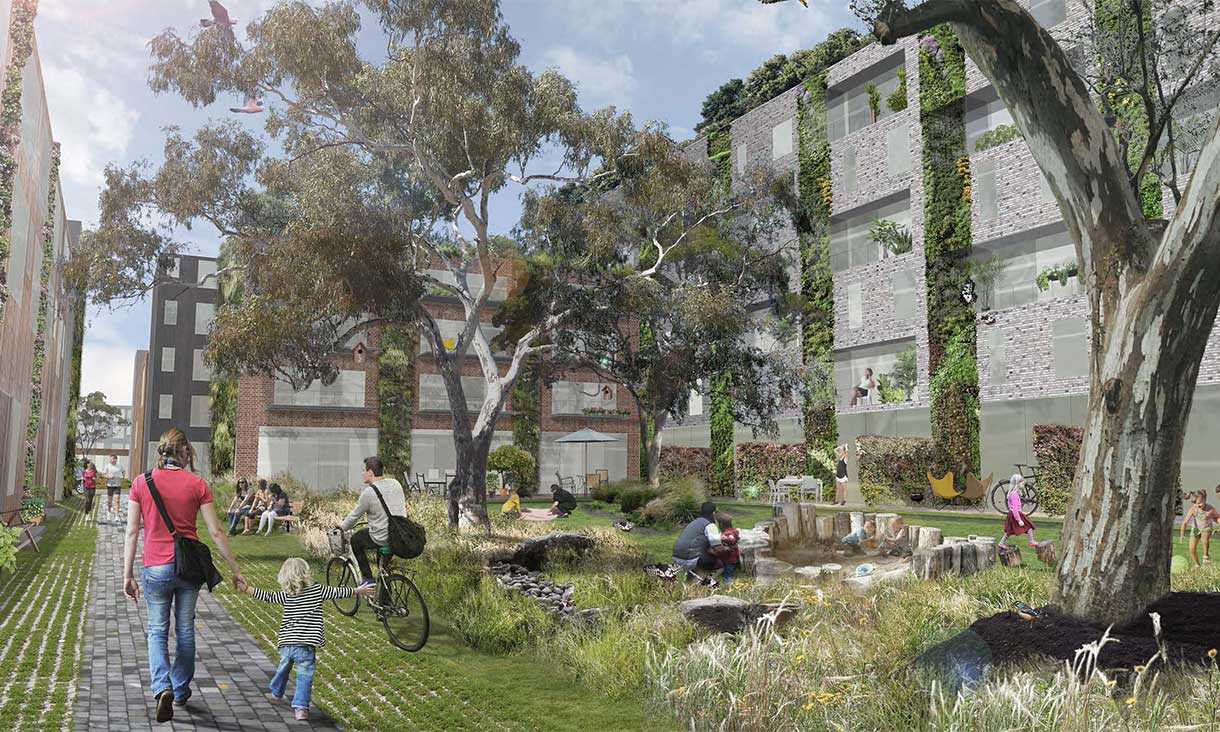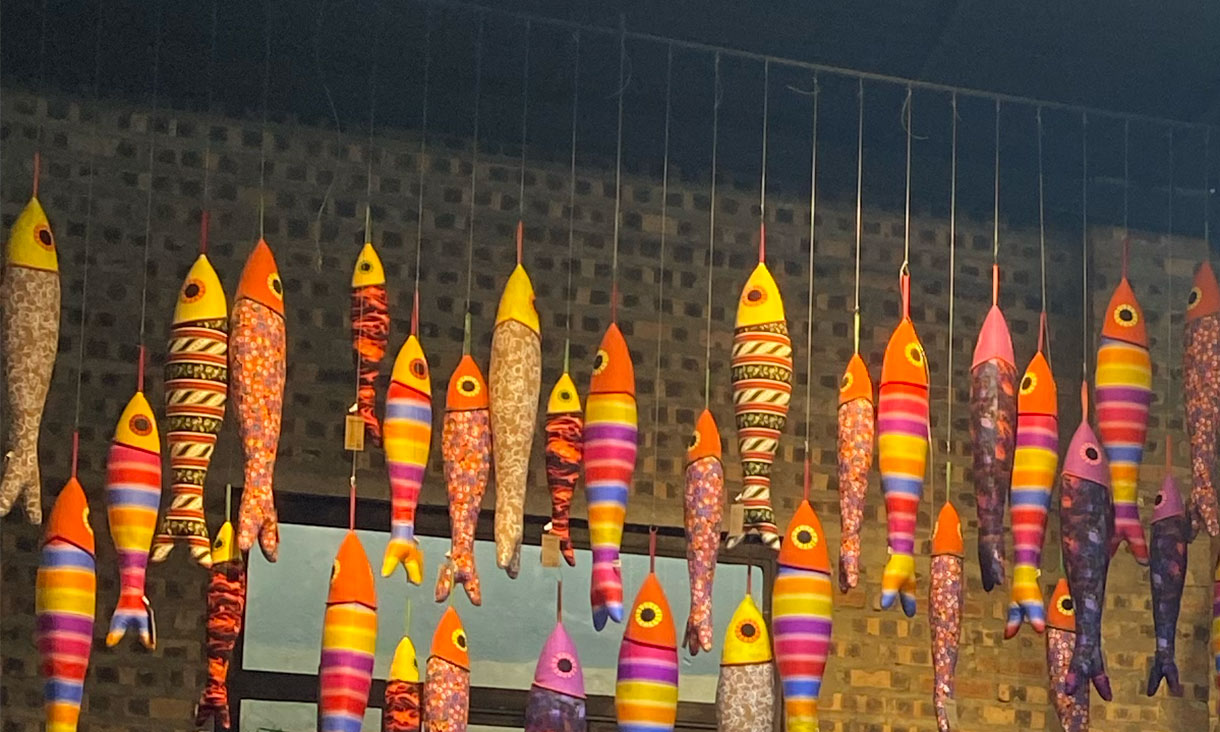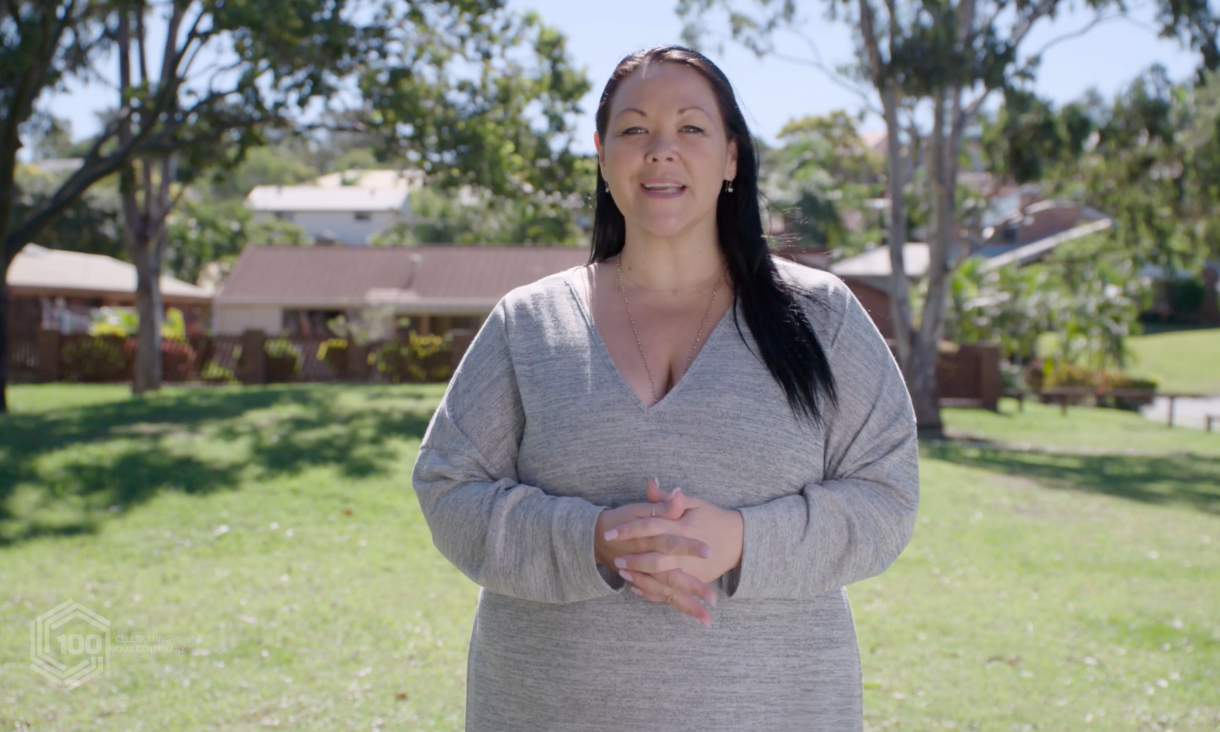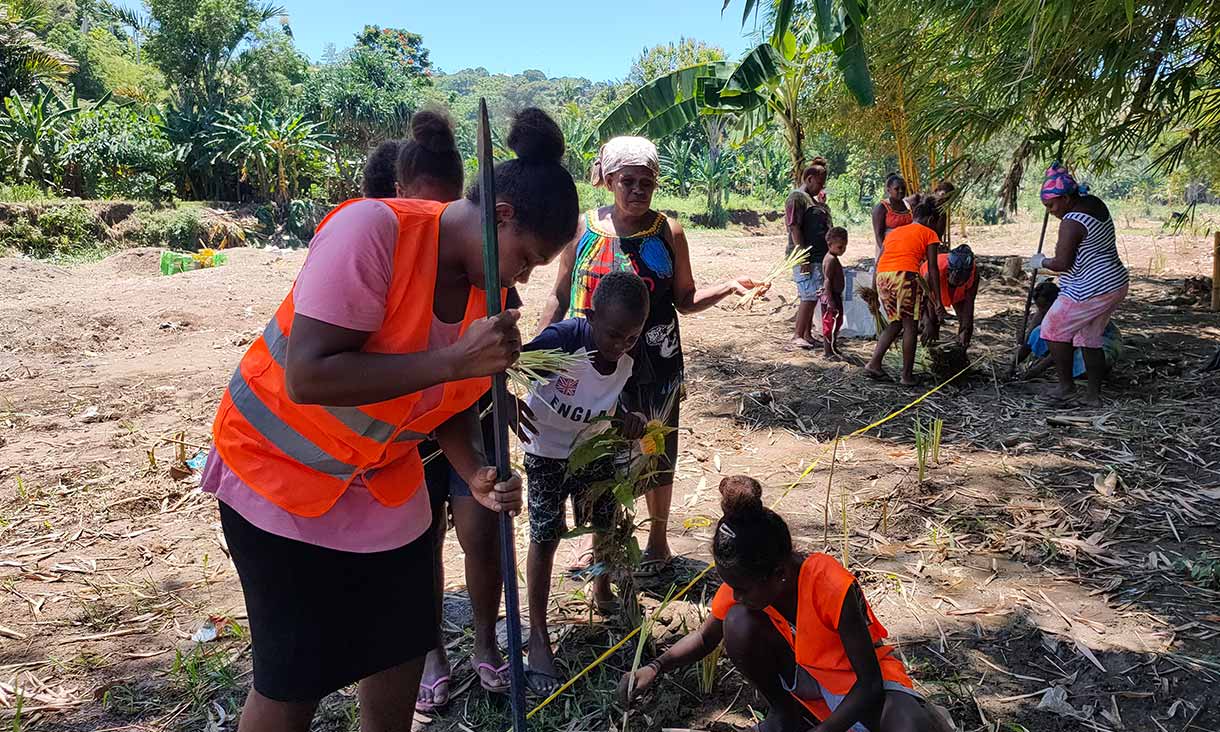Improving urban design to bring nature back into our cities
Nature friendly urban design is being encouraged to make our cities more liveable.
Developing inclusive health programs and digital literacy in Southeast Asia
Research at RMIT Vietnam is helping to improve access to health services and boost digital literacy for people living with a disability in Vietnam and Indonesia.
3D-printed spine disc recognised for life-changing impact
Researchers at RMIT University collaborated with a medical device company and a neurosurgeon to successfully deliver a 3D printed vertebral cage to a patient with severe back pain.
Enhancing Community Resilience in Honiara, Solomon Islands
Creating real-world impact on climate resilience by building local capacity and enhancing agency.
